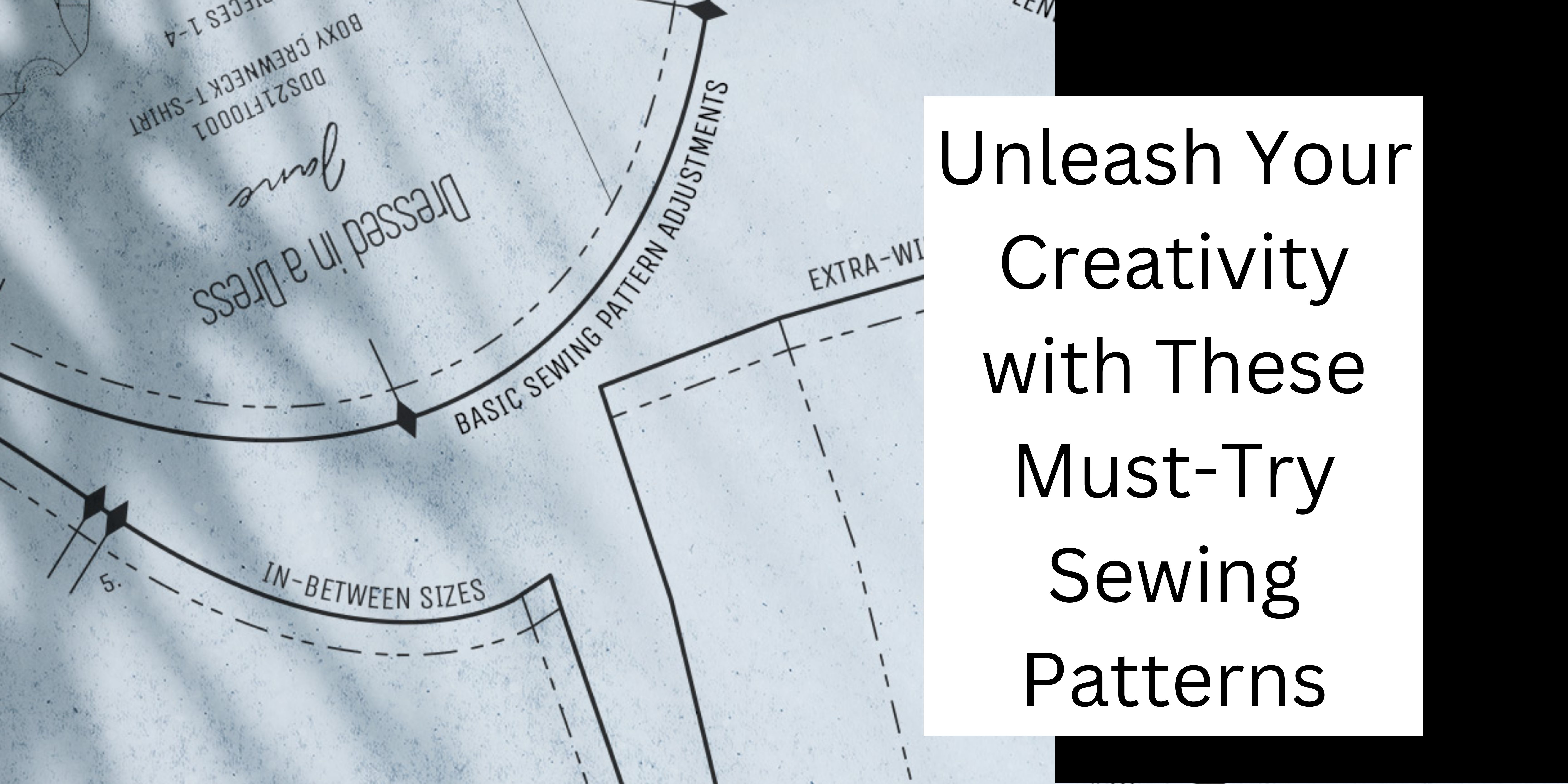.png)
Product developer in fashion
product developer in fashion
Fashion product developer plans, develops, and presents fashion products for a target market within a company. They work closely with technical and design teams to develop seasonal collections. The main goal of the fashion product developer is to focus on quality and to make sure the fashion house and the consumer are happy with the product.
Daily tasks of a fashion product developer include:
- Conducting seasonal research on fabrics and trends;
- Working closely alongside the design team to develop a design concept and offer insightful feedback, ideas, and solutions to make sure product development runs smoothly;
- Monitor current sales and keep a close eye on bestsellers;
- Developing tech packs with the help of technical designers;
- Material development and sourcing;
- Communicating with different factories locally or internationally;
- Overseeing the whole product development process from start to end.
Fashion product developers need to have a great understanding of the design process. As they need to work closely with designers to interpret their creative vision into a technical document (tech pack) that can explain the vision to manufacturers and suppliers. Product developers have to be able to confidently communicate specifics from pattern cutting and construction to raw materials to suppliers.
Fashion product developers have great time management skills. They ensure collections are delivered on time and all product development stages stick to deadlines.
Fashion product developers oversee the entire production line, they have key operational knowledge of factories and excellent communication skills to share important information effectively and clearly across the production process. Product developers are proficient in all-important design software from Excel to Illustrator.
Fashion product development software
Modern fashion product development software makes Product Lifecycle Management (PLM) more efficient and the whole supply chain more transparent.
PLM software is an information management system that manages data during the development of products from concept to manufacturing. The main purpose of the PLM solution is to provide a central place for managing the product lifecycle efficiently and cost-effectively.
PLM software was once a luxury that only big fashion brands could indulge in. Although, now even small fashion brands are embracing PLM solutions to optimize their supply chain.
There are many different PLM software to choose from depending on your fashion business size and goals. Some of them are more affordable than others, some work better for growing businesses while others focus on small teams, some are easier to use while others require special training, etc.
There are many benefits that PLM software provides to fashion businesses:
- Easy integration with Adobe Illustrator, Excel, and other industry-leading software;
- Multi-channel communication between the design team and other members of the supply chain;
- Secure data storage that can be easily re-used;
- Unified collaborative environment;
- Tools to track, control and oversee the product development stages.
However, implementation of the PLM software comes with its own challenges. Many PLM software was not designed for the fashion industry so they are not visual enough when it comes to product development. Some PLM solutions exclude manufacturers from the product development process. Which makes the sample-making and manufacturing process challenging and prone to mistakes. Struggling to learn a new system is another challenge, training design teams takes time and money.
Despite the challenges, PLM systems improve visibility and data flow across the company and the entire supply chain. Fashion industry experts see the PLM software as a solution that makes the industry more relevant, smarter, and more adaptable



.jpg)








